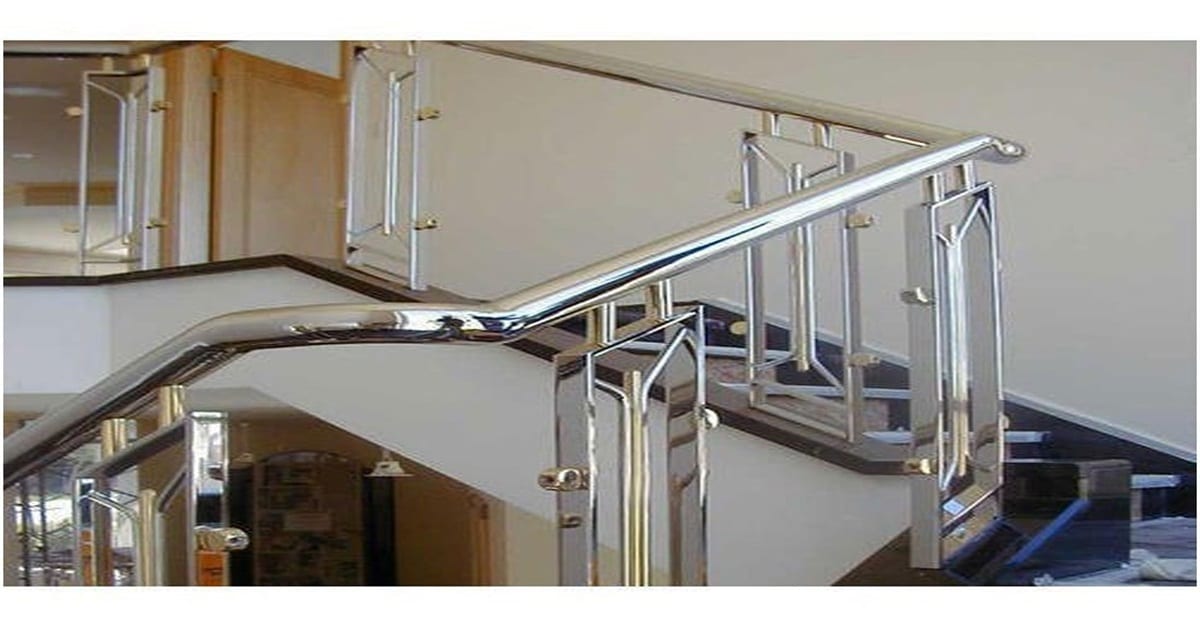The Strength of Stainless Steel Fabrication

Stainless steel is one of the most durable and versatile materials used in fabrication, prized for its strength, corrosion resistance, and aesthetic appeal. From kitchen appliances to large-scale industrial equipment, stainless steel fabrication plays a key role in modern manufacturing and construction. In this blog post, we’ll explore what stainless steel fabrication is, the processes involved, its diverse applications, and the benefits that make it an ideal choice for many industries.
What is Stainless Steel Fabrication?
Stainless steel fabrication involves shaping and assembling stainless steel into custom structures or components using a variety of techniques. This type of metal fabrication stands out because stainless steel has unique properties, including high tensile strength and exceptional resistance to rust and corrosion.
There are different types of stainless steel used in fabrication, such as:
- Austenitic Stainless Steel (304, 316): Known for its corrosion resistance, it’s used in everything from kitchenware to chemical containers.
- Ferritic Stainless Steel (430): Lower in carbon, this type offers great corrosion resistance and is widely used in automotive parts.
- Martensitic Stainless Steel (410): This type is heat-treated for extra hardness and is commonly used in tools and machinery.
The Stainless Steel Fabrication Process
The process of stainless steel fabrication involves multiple steps that require precision and expertise. Here’s a breakdown of the key stages:
- Design & Prototyping: The process begins with design work, where engineers create detailed models using CAD (computer-aided design) software to map out the project. Prototyping ensures the design will function as required before full-scale fabrication begins.
- Cutting: Stainless steel sheets, tubes, or bars are cut into specific shapes and sizes using laser cutting, plasma cutting, or water jets. These methods offer the precision needed to create complex designs with minimal waste.
- Bending & Forming: Using press brakes or rollers, the stainless steel is bent into the required shape. This is a critical step in creating components with the right dimensions and angles.
- Welding & Assembly: Different pieces are joined together through welding techniques such as TIG (Tungsten Inert Gas) welding, which is commonly used for stainless steel due to its precision and ability to produce clean welds.
- Finishing: Stainless steel surfaces can be polished, brushed, or coated depending on the final use of the product. This process ensures a clean and durable finish while enhancing the material’s corrosion-resistant properties.
Applications of Stainless Steel Fabrication
Stainless steel’s versatility and durability make it suitable for a wide range of industries. Here are some key applications:
- Food Processing & Kitchens: Stainless steel is widely used in commercial and residential kitchens due to its hygienic properties and ease of cleaning. Fabricated stainless steel countertops, sinks, and equipment are staples in food processing environments.
- Healthcare: Stainless steel is a crucial material in medical environments due to its resistance to bacteria and easy sterilization. It’s used in surgical tools, hospital equipment, and even building interiors.
- Construction: In architecture, stainless steel is used for structural frameworks, cladding, and decorative elements. Its resistance to weather makes it an excellent choice for outdoor and long-term use.
- Automotive & Aerospace: Components such as exhaust systems, engines, and aircraft parts are often fabricated from stainless steel due to its ability to withstand high temperatures and harsh environments.
- Pharmaceutical & Chemical Industry: Stainless steel tanks, pipes, and containers are used to store and transport chemicals and pharmaceuticals, thanks to the metal’s ability to resist corrosion and contamination.
Benefits of Stainless Steel Fabrication
Stainless steel offers numerous benefits, making it an attractive material for a variety of fabrication projects. Here are some key advantages:
- Corrosion Resistance: Stainless steel’s ability to resist rust and corrosion, even in harsh environments, is one of its most important features. This makes it suitable for applications that face moisture or chemical exposure.
- Durability: Stainless steel is incredibly strong and long-lasting, which reduces the need for repairs and replacements over time.
- Heat Resistance: The metal’s ability to maintain its integrity at high temperatures makes it valuable in industries like aerospace, automotive, and manufacturing.
- Hygiene & Cleanability: In industries like food processing, healthcare, and pharmaceuticals, stainless steel’s non-porous surface makes it easy to clean and resistant to bacteria growth.
- Aesthetic Appeal: Stainless steel offers a sleek, modern look that can enhance the appearance of both interior and exterior structures, especially in architecture and design applications.
Stainless steel fabrication is a vital process that combines strength, durability, and versatility to meet the demands of various industries. Whether it’s creating medical equipment, automotive components, or modern architectural designs, stainless steel’s corrosion resistance and aesthetic appeal make it a top choice for fabricators and manufacturers alike.
From cutting-edge kitchens to heavy-duty industrial applications, stainless steel’s unique properties make it essential for projects requiring reliability and long-term performance. If you’re considering stainless steel fabrication for your next project, consult with a professional fabricator who can guide you through the process and deliver precision-crafted solutions.
Observer Voice is the one stop site for National, International news, Sports, Editor’s Choice, Art/culture contents, Quotes and much more. We also cover historical contents. Historical contents includes World History, Indian History, and what happened today. The website also covers Entertainment across the India and World.

